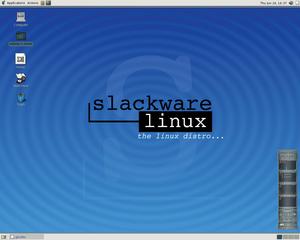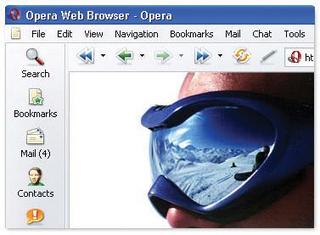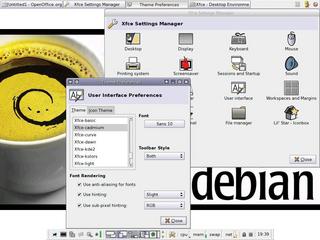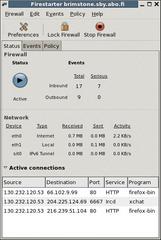Slackware Linux, Inc. has released Version 10.1 of Slackware Linux. Slackware bills itself as the oldest Linux distribution still in active development. The Slackware distribution is sometimes called the "most Unix-like" Linux. The focus is on producing a Linux distribution with the look and feel of Unix. Of course, Slackware still comes with contemporary Linux desktop enviorments such as KDE 3.3.2 and Gnome 2.6.1. Also included in Version 10.1 is the Xfce 4.2 desktop. (See the entry on Xfce 4.2 in this Sofware News.)
Slackware 10.1 comes with the 2.4.29 version of the Linux kernel from ftp.kernel.org. According to the official announcement, "Special kernels were prepared to support hardware such as SCSI controllers, SATA controllers, USB keyboards and mice, parallel-port IDE devices, IBM PS/2 machines with the Microchannel bus, and even speech synthesizers providing access to Linux for the visually impaired." Slackware 10.1 also includes Linux kernel 2.6.10 as an alternative choice.
This latest release boasts major enhancements to the printing system, with new versions of CUPS and LPRng, as well as support for hundreds of printers through HPIJS and Gimp-print. You'll also find an upgrade to the Slackware package management system, improved support for portables, new and better tools for encrypted communication, and a large collection of packages not found on previous Slackware releases. Slackware 10.1 includes development tools such as Qt Designer, KDevelop, Glade, and the Java 2 Software Development Kit Standard Edition, as well as Perl 5.8.6 and Python 2.4.
Or if you're looking for something a little lighter, the Slackware team likes to remind users of their nifty ZipSlack installation option. ZipSlack is a complete text-based Linux installation in a 48 MB Zip archive.



